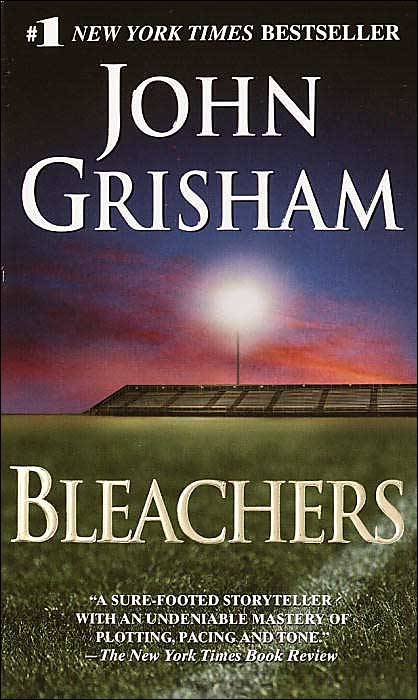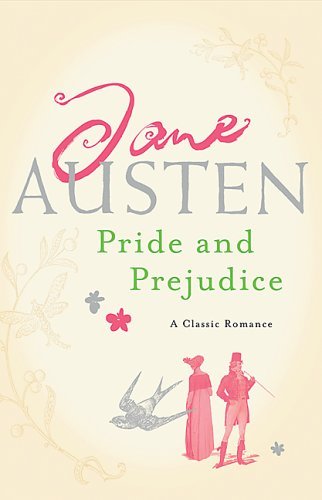 Consider this neat little scene in the sort-of prologue: the narrator is
in the bathroom, checking herself from every conceivable angle only to
find that she cannot perceive her reflection. This event serves dual
roles. First, it illustrates the loss of identity that these characters,
this disillusioned slice of a generation, inevitably experience. Their
constant and gratuitous exploitation of drugs and alcohol, not only
numbs and alters a pervading reality of bland meaningless existence that
they desperately try to escape from, but also numbs them from any grip
on the meaning of Self. They lose themselves, and further their
substance abuse to flee from that too, entrenching themselves in an
uncertain ouroboros, spiraling towards despair. Second, the metaphor of
the missing reflection illustrates the status of the narrator. She is a
placeholder for us. We see through her eyes, into her world, with or
without her prejudices. She plays no significant role here, despite an
amusing, yet misleading opening chapter.
Consider this neat little scene in the sort-of prologue: the narrator is
in the bathroom, checking herself from every conceivable angle only to
find that she cannot perceive her reflection. This event serves dual
roles. First, it illustrates the loss of identity that these characters,
this disillusioned slice of a generation, inevitably experience. Their
constant and gratuitous exploitation of drugs and alcohol, not only
numbs and alters a pervading reality of bland meaningless existence that
they desperately try to escape from, but also numbs them from any grip
on the meaning of Self. They lose themselves, and further their
substance abuse to flee from that too, entrenching themselves in an
uncertain ouroboros, spiraling towards despair. Second, the metaphor of
the missing reflection illustrates the status of the narrator. She is a
placeholder for us. We see through her eyes, into her world, with or
without her prejudices. She plays no significant role here, despite an
amusing, yet misleading opening chapter.These characters are quite infuriating to think about, with their copious intake of alcohol, toxic nihilism, and extreme ways of avoiding their purposeless lives. It’s just as disappointing to realize that these people exist, that their lives, while exaggerated, are inevitably real. O.R.N. provides a mirror for us to examine a few days of their amoral lives and see aspects of our own reflected back. This is unromanticized reality, complete with Facebook statuses, BBMs, and tweets.
O.R.N. maintains a steady dubstep-infused tempo of witty irony through a flow of music, situations, and steam-of-consciousness monologues. Dave piles on the entertainment and waxes philosophy with almost tireless energy, creating this short novel featuring more liquor consumption than some pubs. Yet, in spite of the captivating style, there’s hardly a plot. The conflicts are mostly internal struggles, but by the end, there is no resolution, no conclusion to these kids’ meandering existences. Well, how can you end a book like this? I don’t know, so I don’t fault the author for it.
In many ways, Tweak3nd mirrors Ellis’s Rules of Attraction, which in a scene it even alludes to. The hedonistic party college culture seems an extension of this earlier novel, to the point that it seems, at times, like Tweak3nd is this generation’s version of Ellis’ work. Some chapters, particularly the opening segment, remind me vaguely of Chuck Palahniuk’s satiric writing. They are humorous, sarcastic, and transgressional. It was surprisingly clever and well-written for a self-published work. Tweak3nd is worth a shot or two, like good scotch, and though it might not be to everybody’s tastes, it will either open your eyes to the kind of debaucheries our youth are up to, or at least give us a viewpoint into understanding the psychological reasons behind this behavior or the mentalities of kids that partake in this. Either way, as twentysomethings, we all learn to hate the cool kids a little more (or feel sorry for ourselves, if we are like them).























